Radeon HD 2600 XT vs. GeForce 8600 GT
August 14, 2007 | 12:01

HD Video Hardware:
As with R600, RV630 features several new video-orientated technologies – the first of these is the fact that all video cards based on any R6xx series GPU support HDCP over a dual-link DVI connection. It may not seem like a big deal, but without support for HDCP over dual-link DVI, you won’t be able to watch HD video on a 30 inch monitor.Of course, this particular feature is one that Nvidia matches on its mid-range GeForce 8600- and 8500-series, but there are other features that Nvidia’s hardware cannot match – at least, on paper.
None of Nvidia’s current GPUs support audio over HDMI natively and require an S/PDIF cable from motherboard to graphics card if the board partner wants to offer HDMI with audio. On the other hand, AMD’s solution was to build an audio controller into the GPU, meaning there isn’t a need for a S/PDIF cable as the audio stream is passed directly through the PCI-Express interconnect.
Unified Video Decoder:
Probably the biggest addition to AMD’s new set of video features though is the Unified Video Decoder engine. This is featured in both the RV630 (HD 2600-series) and RV610 (HD 2400-series) graphics processors and essentially delivers full CPU offload for the entire HD video decoding process for movies encoded in either VC-1 or H.264.On the other hand, Nvidia improved its video decoding abilities on G84 and G86 by moving bitstream processing and AES128 decryption from the CPU to the GPU for H.264 video streams. H.264 is currently by far the most resource intensive video codec, such that even a dual-core CPU can't cope with the high bit rates H.264 content often runs at (up to 40Mbps).
What Nvidia didn’t do though was include bitstream processing and entropy decode acceleration for movies using the VC-1 codec. In other words, practically every HD DVD movie available (aside from a select few) at the time of writing isn’t completely GPU accelerated on Nvidia’s G84/G86 graphics processors.
Nvidia’s reasoning for this was that the codec isn’t as brutal as H.264 and doesn’t need as much CPU grunt to handle the bitstream processing/entropy decode stage of HD video decoding process. While that’s a fair point, it seems strange for the company not to accelerate it and to now play it down because its competitor does accelerate the process.

MSI MPG Velox 100R Chassis Review
October 14 2021 | 15:04

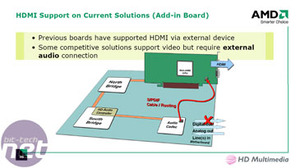
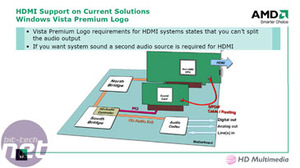
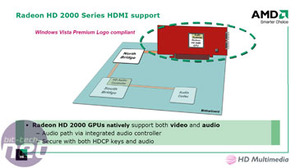
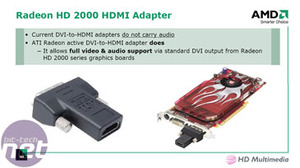
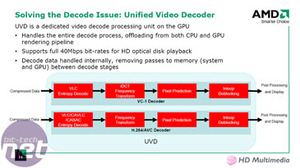
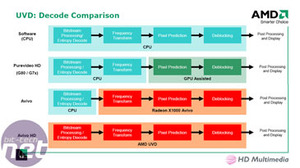
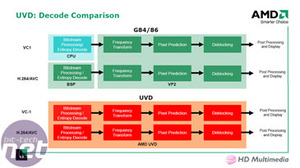
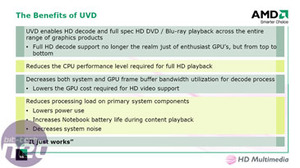







Want to comment? Please log in.